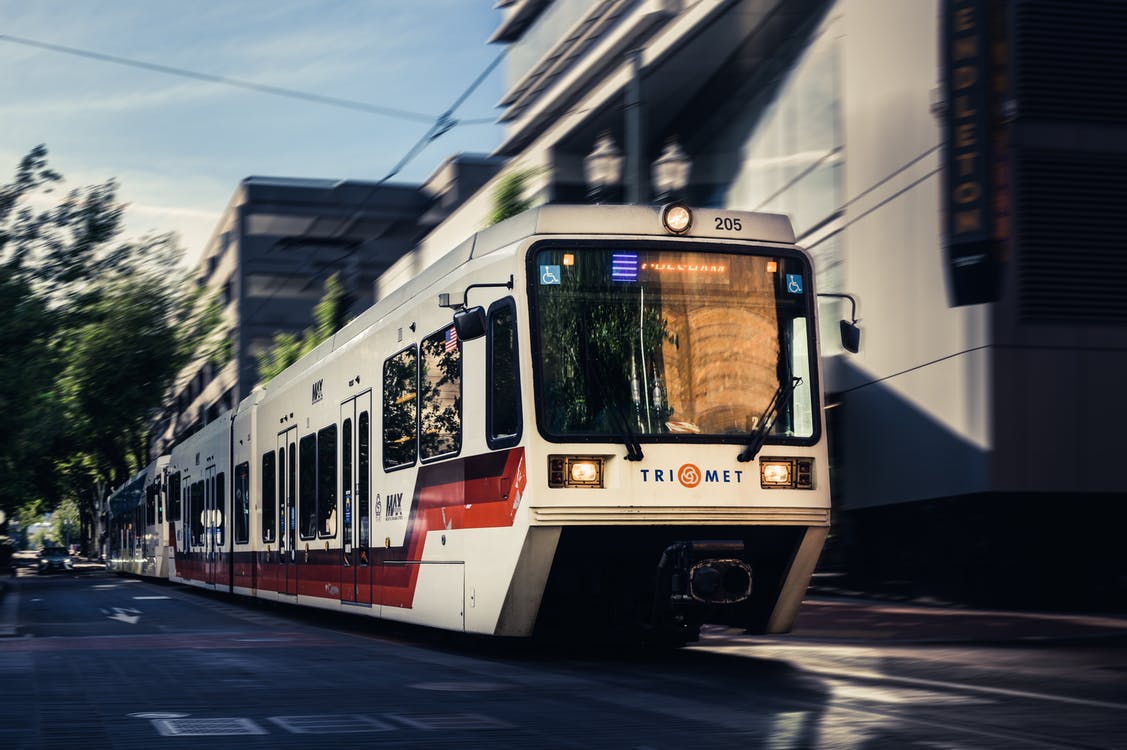Improving the nation’s transport system is a top priority, according to President Joe Biden. As the President addressed municipal officials during the National League of Cities Congressional City Conference, he promised that the impending $1.2 trillion investment in the nation’s infrastructure will be critical to revitalizing American industry and providing jobs. For years, promoting innovation in the transport industry has been called for by both companies and consumers. However, it is not just the government that is looking to ramp up innovation in the public transport system. For the last decade, countries and companies around the globe have launched new introductions to transform public transport. From improving the air purification issue to exploring transport as a service and researching improved tracking with digital monitoring, here are a few of the public transport innovations that have been successfully implemented around the world.
Maglev Trains
In Shanghai and across Asia, several Maglev train lines have been successfully running for years. Its most popular one is the Transrapid system in Shanghai while in Japan, the Chuo Shinkansen is under construction and set to hit top speeds of 310 miles per hour. While largely confined to Aisa, the use of Maglev trains could present a solution to the growing intercity traffic and congestion issue. The technology behind a maglev train’s ability to hover in its precisely placed magnets on the front corners of the train. Therefore, maglev trains work on the premise of magnetic attraction and repulsion.
Air Purification Systems
One issue with the public transport system that has particularly come to the forefront during the pandemic was the need for well-ventilated trains. While some cities saw a decline of over 90 percent in bus ridership, many cities have now lifted restrictions and reopened their doors- and public transport system. To combat rising interaction levels, a bus company in the U.S. Plymouth Metrolink became the first company to install air cleaning devices like the A4 AirLabs AirBuBub. Ventilation is not only a concern post-Covid for health officials but a bus accident lawyer can verify that it may be listed as a cause during a compensation claim.
Elsewhere, the Go-Ahead Group has launched its air-filtering bus which can remove up to 99.5 percent of particulate matter from the air. According to estimates by Go Ahead, the use of 6 air-filtering buses can reduce up to 1.25 kg of particulate matter from the Earth.
Digital Monitoring And Tracking With Telematics
Real-time tracking can help companies understand where the buses are in real-time and GPS. Fleet managers are using telematics technology to monitor and adjust any change in the ideal situation like adjusting the temperature control and optimal driving routes. Doing so enables companies to be more mindful of the environment and reduce emissions. Additionally, the predictive analysis feature of telematics technology can provide means users are then able to harness this data or better route planning.
These are just a handful of the innovations being noticed in the public transport arena. With these and many more projects ongoing, these innovations (and the others) are definitely changing the landscape of public transport for the better.

